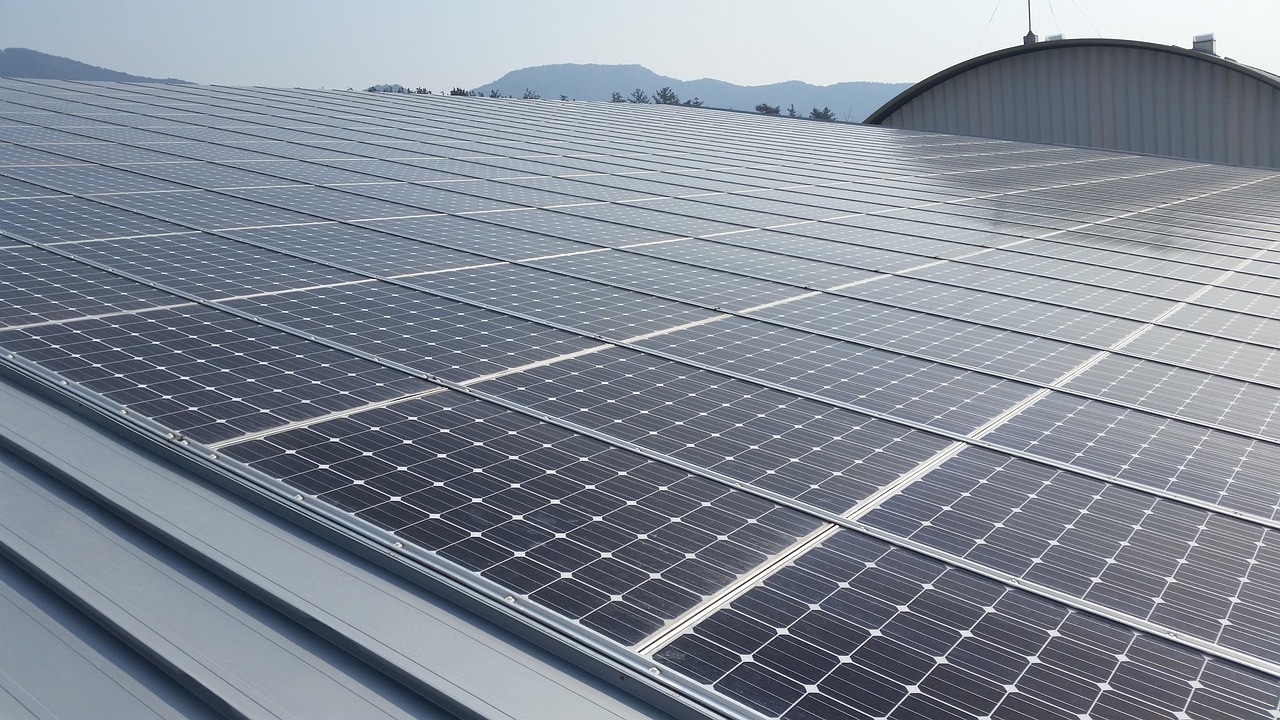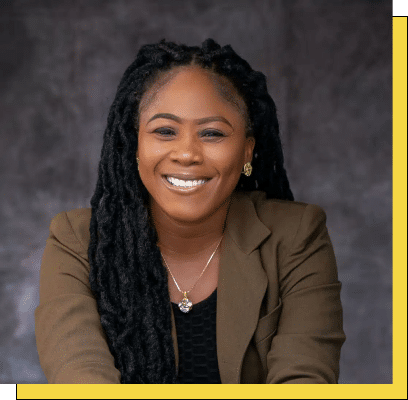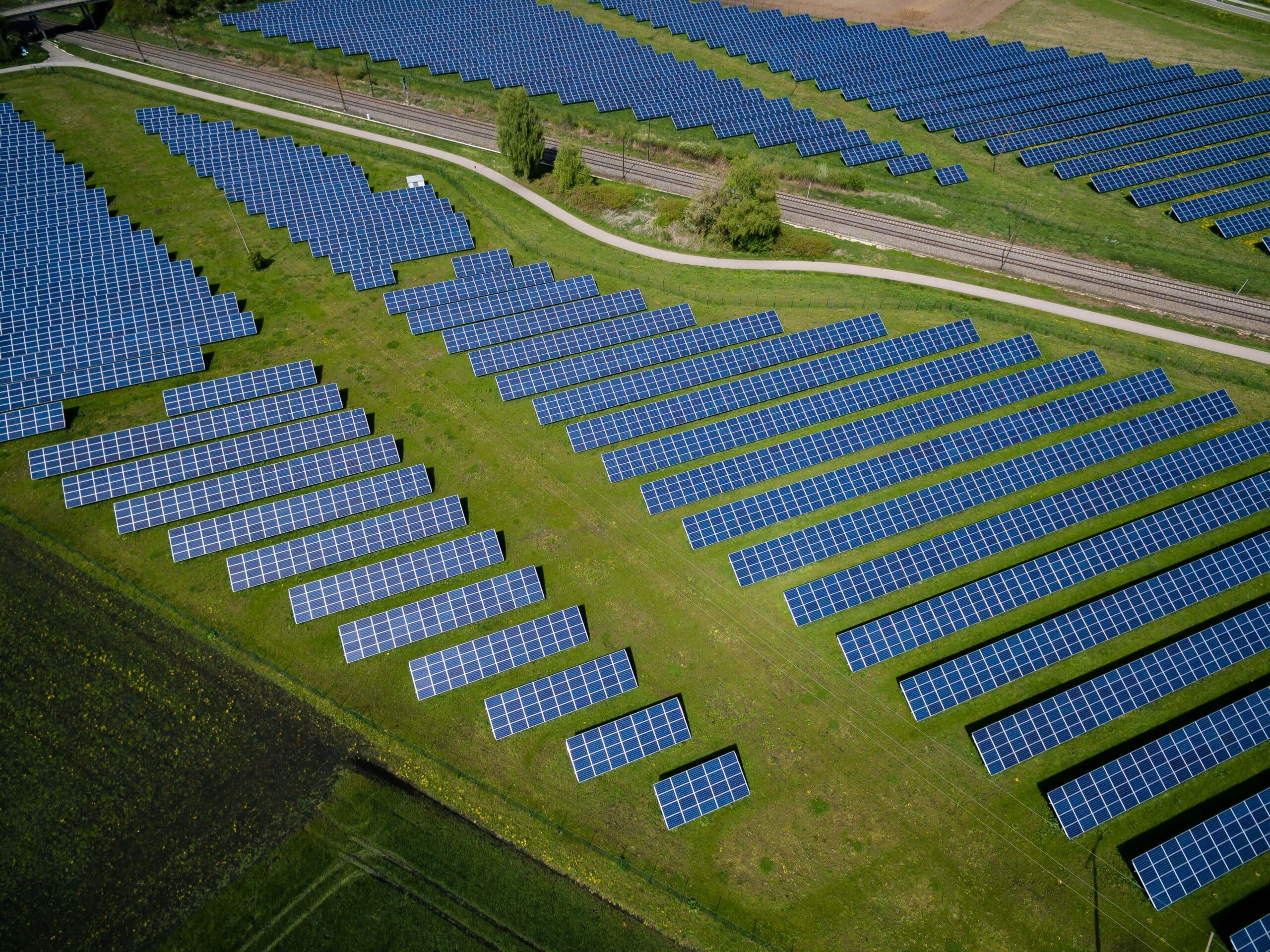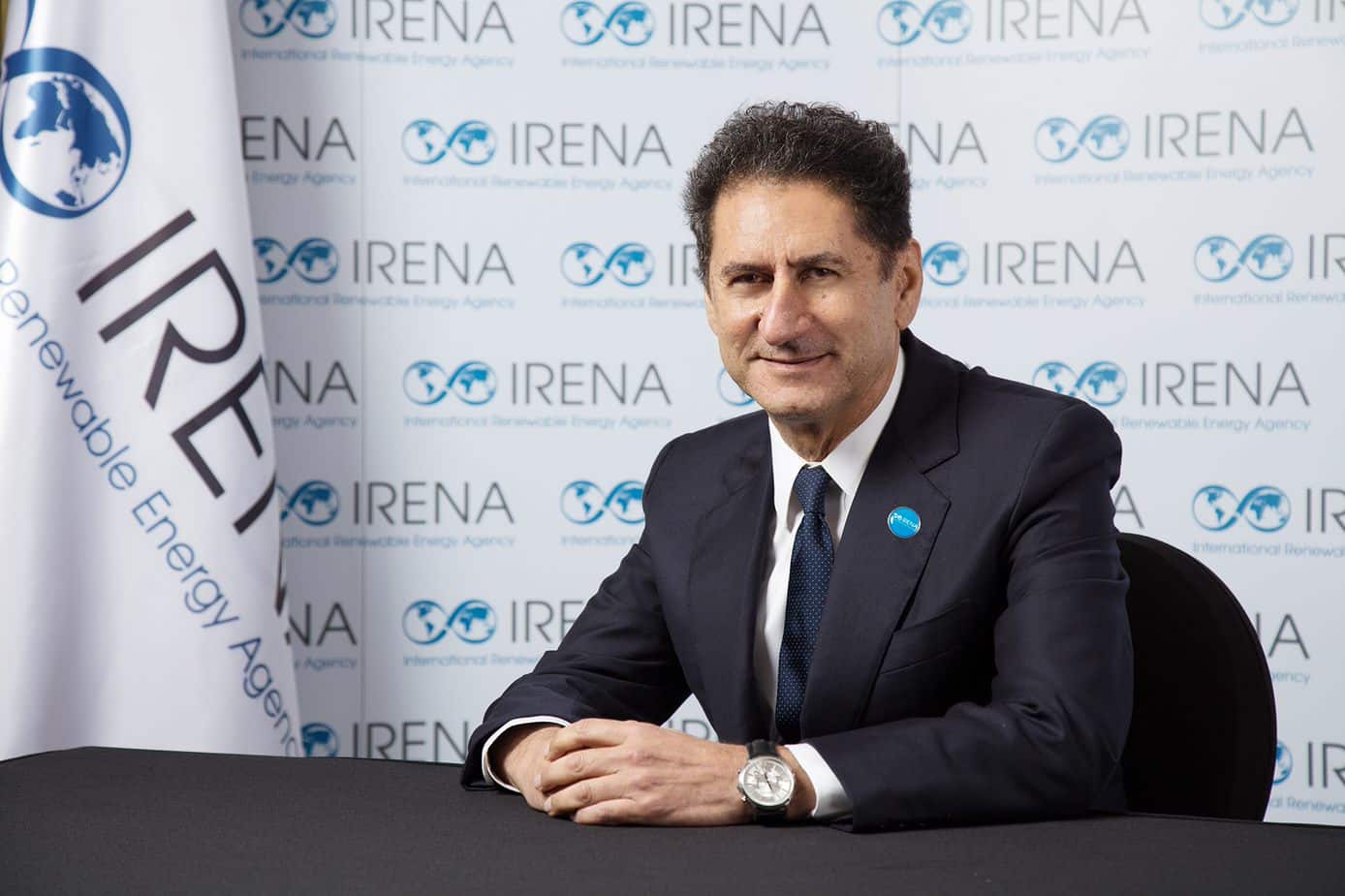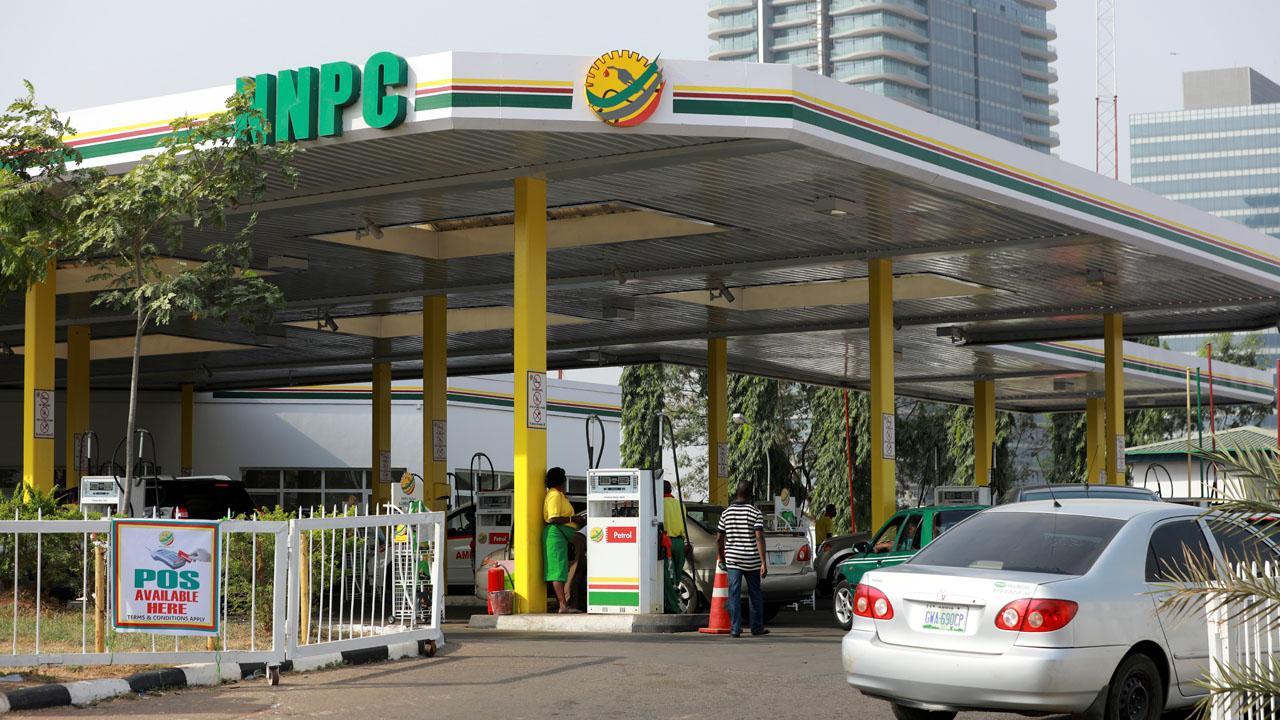Nigeria’s clean-energy ambitions remain high. But the question of who should drive the transition, international development finance institutions (DFIs) or local investors is becoming more pressing as the country seeks to bridge one of the world’s largest energy access gaps.
For now, most renewable energy projects across Nigeria still rely heavily on funding and technical assistance from DFIs.
While this approach has brought steady progress, it also raises questions about long-term ownership, sustainability, and whether local capital is being mobilized fast enough to take charge of the country’s energy future.
A widening gap in energy access
According to the World Bank, more than 85 million Nigerians, or 43% of the population, still lack access to electricity.
The country’s national grid, powered mainly by gas and aging infrastructure, continues to struggle with frequent breakdowns and transmission losses.
“85 million Nigerians don’t have access to grid electricity. This represents 43% percent of the country’s population and makes Nigeria the country with the largest energy access deficit in the world,” the report read in part.
Nigeria’s installed generation capacity is around 13,000 MW, but actual available capacity often falls below 5,000 MW due to plant outages, gas shortages, and transmission limitations.
Yet renewables currently account for less than 2% of the country’s total power generation.
Over the past decade, DFIs such as the World Bank, AfDB, IFC, BII, and USAID have led Nigeria’s renewable energy expansion, providing loans, guarantees, and technical support to reduce project risk and attract private developers.
The Nigeria Electrification Project (NEP), backed by a $550 million facility from the World Bank and AfDB delivered solar power to thousands of households and businesses through private developers under the supervision of the Rural Electrification Agency (REA).
Another initiative, the Desert-to-Power Programme, led by the AfDB, is supporting off-grid and mini-grid deployment across northern Nigeria and the Sahel region.
In 2024, InfraCredit secured a $30 million facility from BII to provide guarantees for local-currency debt raised by renewable developers.
The move is expected to strengthen investor trust in the naira-denominated clean energy market.
Local capital is rising but slowly
On its part, local investment in renewable energy is gradually increasing, but it remains limited compared to the scale of Nigeria’s power needs.
The Marrakech Partnership for Global Climate Action, a UN-backed report, shows that clean-energy funding to developing countries rose from $12.14 billion in 2015 to $21.57 billion in 2024.
But the report also warns that most of this capital is still concentrated in a handful of countries, highlighting persistent disparities in climate finance access.
Nigeria’s limited domestic investment reflects this wider pattern of uneven funding.
Some local institutions are beginning to fill the gap.
Chapel Hill Denham’s Nigeria Infrastructure Debt Fund (NIDF), for instance, financed solar and mini-grid projects, while Sterling Bank’s Alt Power platform provides loans for distributed renewable systems.
The Nigeria Sovereign Investment Authority (NSIA) also recently partnered with Sustainable Energy for All (SEforALL), Africa50, and the International Solar Alliance (ISA) to launch a $500 million Distributed Renewable Energy (DRE) Fund.
However, industry analysts note that policy uncertainty, weak credit guarantees, and foreign exchange volatility continue to constrain local investment.
Policy and financing challenges
Many commercial banks and other local lenders in Nigeria continue to view renewable-energy projects as high-risk and long-term investments.
This perception is driven by factors such as unclear or non-bankable power purchase agreements (PPAs), limited collateral options for off-grid developers, and the absence of strong risk-mitigation tools.
It emphasized on the reduction in the willingness of local financiers to back projects, especially those in rural or underserved areas where revenue models are harder to predict.
The government introduced several reforms to address these barriers.
The Energy Transition Plan (ETP) outlines Nigeria’s pathway to achieving net-zero emissions by 2060, including measures to mobilize private capital for clean energy.
The Electricity Act 2023 also seeks to clarify the regulatory environment by decentralizing electricity generation and allowing states to develop their own electricity markets.
Both initiatives aim to build investor confidence, reduce uncertainty, and create a more predictable framework for renewable-energy financing.
Blended finance: A middle path
Blended finance models are emerging as a bridge between foreign and local capital.
The CEESOLAR Cross River mini-grid project, for example, combines DFI-backed guarantees with local investment to deliver clean electricity to over 3,600 homes and businesses.
Similarly, InfraCredit’s guarantee model allows developers to raise funds in local currency while shielding investors from exchange-rate risks.
The Chief Executive Officer InfraCredit, Chibueze Ekeh, stated that the organisation’s involvement aligns with its goal of expanding access to reliable and affordable energy through local currency infrastructure financing.
Bottom line
For now, neither DFIs nor local investors hold full control over Nigeria’s renewable energy trajectory.
However, DFIs continue to drive growth, while local investors cautiously expand their footprint.
The real test lies in balance leveraging global partnerships to build local investor trust and capacity.
If Nigeria succeeds, the country’s energy future could finally shift from dependency to self-determination powered by both international collaboration and homegrown capital.

